Home>Storage & Organization>Decluttering Tips & Tricks>How To Declutter An Office
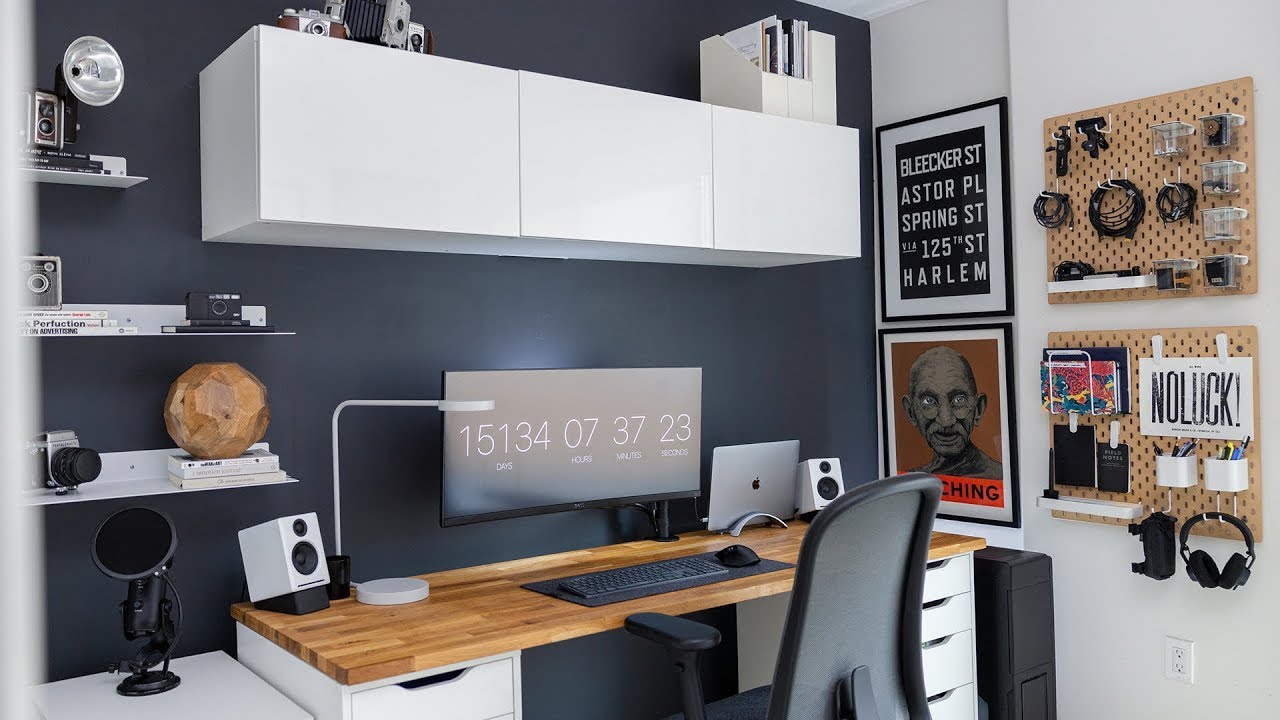

Decluttering Tips & Tricks
How To Declutter An Office
Modified: August 27, 2024
Learn effective decluttering tips and tricks to transform your office into a clean and organized space. Discover practical solutions to declutter your workspace efficiently.
(Many of the links in this article redirect to a specific reviewed product. Your purchase of these products through affiliate links helps to generate commission for Storables.com, at no extra cost. Learn more)
Introduction
Welcome to the ultimate guide on decluttering your office space! A cluttered office not only impacts your productivity but also creates unnecessary stress. By implementing effective decluttering strategies, you can transform your workspace into an organized, efficient, and inspiring environment.
In this comprehensive guide, we will explore practical tips and expert insights to help you declutter your office effectively. Whether you're struggling with overflowing paperwork, tangled cords, or a chaotic desk, this guide will provide actionable steps to reclaim your space and optimize your workflow.
Decluttering your office is not just about tidying up; it's a transformative process that can enhance your focus, creativity, and overall well-being. So, roll up your sleeves, grab a cup of coffee, and let's dive into the art of decluttering your office for maximum productivity and peace of mind.
Key Takeaways:
- Assessing the current state of your office is crucial for creating an effective decluttering plan. Understanding problem areas, workflow impact, inventory, and emotional toll sets the stage for a successful transformation.
- Strategic planning and systematic sorting and organizing are key to creating a functional and visually appealing workspace that supports productivity. Implementing sustainable maintenance systems ensures a clutter-free and efficient work environment.
Read more: How To Declutter A Room
Assessing the Current State of Your Office
Before diving into the decluttering process, it’s essential to assess the current state of your office. Take a step back and observe the overall layout, functionality, and areas that require immediate attention. Here are some key aspects to consider:
- Identify Problem Areas: Walk around your office and pinpoint the areas that are most cluttered or disorganized. This could include your desk, filing cabinets, shelves, or even the floor space.
- Assess Workflow: Evaluate how your current setup impacts your daily workflow. Are you constantly searching for misplaced items? Do you feel overwhelmed by the sheer volume of clutter? Understanding how clutter hinders your productivity is crucial.
- Inventory Check: Take stock of the items in your office, from stationery and equipment to documents and miscellaneous items. Determine what is essential for your work and what can be discarded or stored elsewhere.
- Mental and Emotional Impact: Consider the mental and emotional toll of working in a cluttered space. Clutter can lead to increased stress, distraction, and a sense of disarray. Acknowledging these effects can motivate you to initiate the decluttering process.
By thoroughly assessing your office space, you gain valuable insights into the specific areas that require decluttering and organization. This initial step sets the stage for creating a tailored decluttering plan that addresses your unique needs and challenges.
Creating a Decluttering Plan
Embarking on a successful decluttering journey requires a well-defined plan to guide your efforts. Here’s how to create a strategic decluttering plan tailored to your office:
- Set Clear Goals: Begin by outlining your decluttering objectives. Whether it’s to create a more spacious work environment, improve organization, or enhance productivity, clearly defined goals will keep you focused throughout the process.
- Prioritize Areas: Identify the most cluttered or problematic areas in your office and prioritize them based on urgency. Tackling one area at a time prevents overwhelm and allows you to see tangible progress.
- Allocate Time: Dedicate specific time slots for decluttering sessions. Whether it’s a few hours each weekend or short daily intervals, consistent effort is key to maintaining momentum and achieving your goals.
- Obtain Necessary Supplies: Gather essential decluttering supplies such as storage bins, file folders, labels, and trash bags. Having these items on hand streamlines the decluttering process and ensures that you can immediately sort, organize, and discard items as needed.
- Develop a Sorting System: Establish a clear system for categorizing items into “keep,” “donate,” “recycle,” and “discard” piles. This systematic approach simplifies decision-making and prevents items from piling up in limbo.
- Seek Support if Needed: If your office decluttering project feels overwhelming, consider enlisting the help of a colleague, friend, or professional organizer. Having a supportive companion can provide motivation and make the process more enjoyable.
By creating a well-structured decluttering plan, you lay the groundwork for a systematic and efficient approach to reclaiming your office space. This proactive strategy minimizes stress and uncertainty, empowering you to tackle clutter with confidence and purpose.
When decluttering an office, start by sorting items into three categories: keep, donate, and discard. This will help you prioritize and make the process more manageable.
Sorting and Organizing
Once you’ve established a decluttering plan, it’s time to roll up your sleeves and dive into the sorting and organizing phase. This crucial step involves making deliberate decisions about the items in your office and implementing effective organizational systems. Here’s how to approach sorting and organizing with precision:
- Declutter in Zones: Divide your office into manageable zones such as your desk, filing cabinet, bookshelf, and any other designated work areas. Tackle one zone at a time to avoid feeling overwhelmed and maintain focus.
- Implement the “Three-Box” Method: Utilize the “keep,” “donate/sell,” and “discard” boxes to categorize items. As you go through each item, be decisive about whether it serves a purpose in your current work environment.
- Organize Paperwork: Establish a filing system for paperwork, utilizing labeled folders or digital document management tools. Consider implementing a color-coded system for easy identification of different categories.
- Utilize Storage Solutions: Invest in practical storage solutions such as shelving units, drawer organizers, and desktop trays to keep frequently used items easily accessible and maintain a clutter-free workspace.
- Clear Out Digital Clutter: Decluttering isn’t limited to physical items. Organize your digital files, emails, and desktop icons to streamline your virtual workspace. Delete unnecessary files and create a folder structure that aligns with your workflow.
- Maximize Vertical Space: Make use of vertical wall space for storage by installing shelves or hanging organizers. This maximizes storage capacity while keeping surfaces clear.
- Label and Maintain: Label storage containers and drawers to ensure items are returned to their designated places. Regularly revisit your organizational systems to maintain order and prevent clutter from accumulating again.
By systematically sorting and organizing your office items, you establish a functional and visually appealing workspace that supports your productivity and efficiency. Embracing organization as a daily practice fosters a clutter-free environment that enhances your overall work experience.
Setting Up Systems for Maintenance
After decluttering and organizing your office, it’s essential to establish sustainable systems for maintenance to prevent clutter from creeping back in. By implementing practical strategies and habits, you can maintain a clutter-free environment and uphold the positive changes you’ve made. Here’s how to set up effective maintenance systems:
- Establish Daily Habits: Incorporate simple daily habits into your routine, such as clearing your desk at the end of each workday, filing documents immediately, and disposing of unnecessary items promptly.
- Designate a Clutter-Free Zone: Identify a specific area in your office where clutter is not permitted, such as your primary work surface. This serves as a visual reminder to keep essential surfaces clear and organized.
- Regular Decluttering Sessions: Schedule regular decluttering sessions to review and purge items that have accumulated over time. Set aside time each month to reassess your office space and maintain a clutter-free environment.
- Implement the “One In, One Out” Rule: For every new item that enters your office, commit to removing an existing item. This rule prevents unnecessary accumulation and encourages thoughtful consumption.
- Utilize a Centralized Inbox: Create a centralized inbox for incoming paperwork and materials. Regularly process and categorize items to prevent them from becoming clutter on your desk or in other areas of your office.
- Digital Organization: Apply digital organization principles by regularly archiving and deleting emails, organizing files into folders, and maintaining a clutter-free digital workspace.
- Employee Engagement: If you work in a shared office space, encourage colleagues to embrace decluttering and organization practices. Foster a collaborative effort to maintain a tidy and efficient work environment.
By setting up sustainable maintenance systems, you create a proactive approach to managing clutter and preserving the positive changes achieved through decluttering. Consistent effort and mindful practices ensure that your office remains organized, inspiring, and conducive to productivity.
Read more: How To Declutter A Bathroom
Conclusion
Congratulations on embarking on the journey to declutter and organize your office space! By implementing the strategies outlined in this guide, you’ve taken a significant step toward creating a productive, harmonious, and clutter-free work environment. Here’s a recap of the key takeaways:
- Assessment Is Key: Understanding the current state of your office and its impact on your workflow is crucial for devising an effective decluttering plan.
- Strategic Planning Yields Results: Creating a well-structured decluttering plan tailored to your specific needs sets the stage for a successful transformation of your workspace.
- Sorting and Organizing with Precision: Systematically sorting and organizing items, both physical and digital, establishes a functional and visually appealing workspace that supports productivity.
- Maintenance Is Essential: Implementing sustainable systems for maintenance ensures that your office remains clutter-free and conducive to a focused and efficient work environment.
Remember, decluttering is not a one-time task but an ongoing practice that contributes to your overall well-being and productivity. Embrace the process as an opportunity to create a workspace that reflects your professional aspirations and personal preferences.
As you continue on your decluttering journey, celebrate the progress you’ve made and the positive impact it has on your work life. Whether it’s a clearer desk, a more organized filing system, or a streamlined digital workspace, each improvement contributes to a more enjoyable and effective work environment.
Stay committed to the maintenance systems you’ve established, and be open to adjusting your organizational approach as your work needs evolve. With dedication and consistency, you can maintain a clutter-free office space that fosters creativity, focus, and a sense of calm amidst your daily tasks.
Thank you for joining us on this decluttering adventure. Here’s to a revitalized and inspiring office space that supports your professional endeavors and enhances your overall well-being!
Frequently Asked Questions about How To Declutter An Office
Was this page helpful?
At Storables.com, we guarantee accurate and reliable information. Our content, validated by Expert Board Contributors, is crafted following stringent Editorial Policies. We're committed to providing you with well-researched, expert-backed insights for all your informational needs.

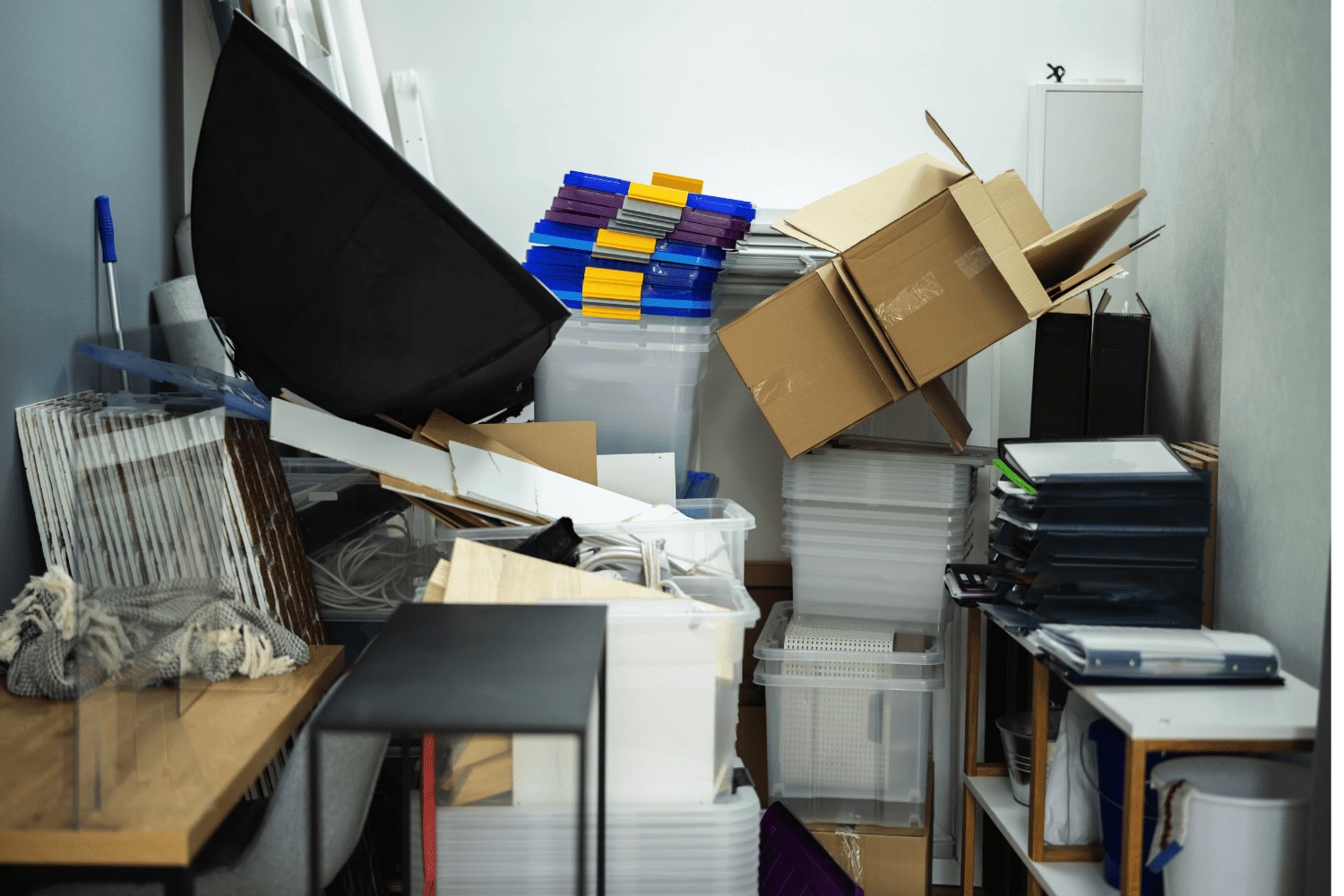



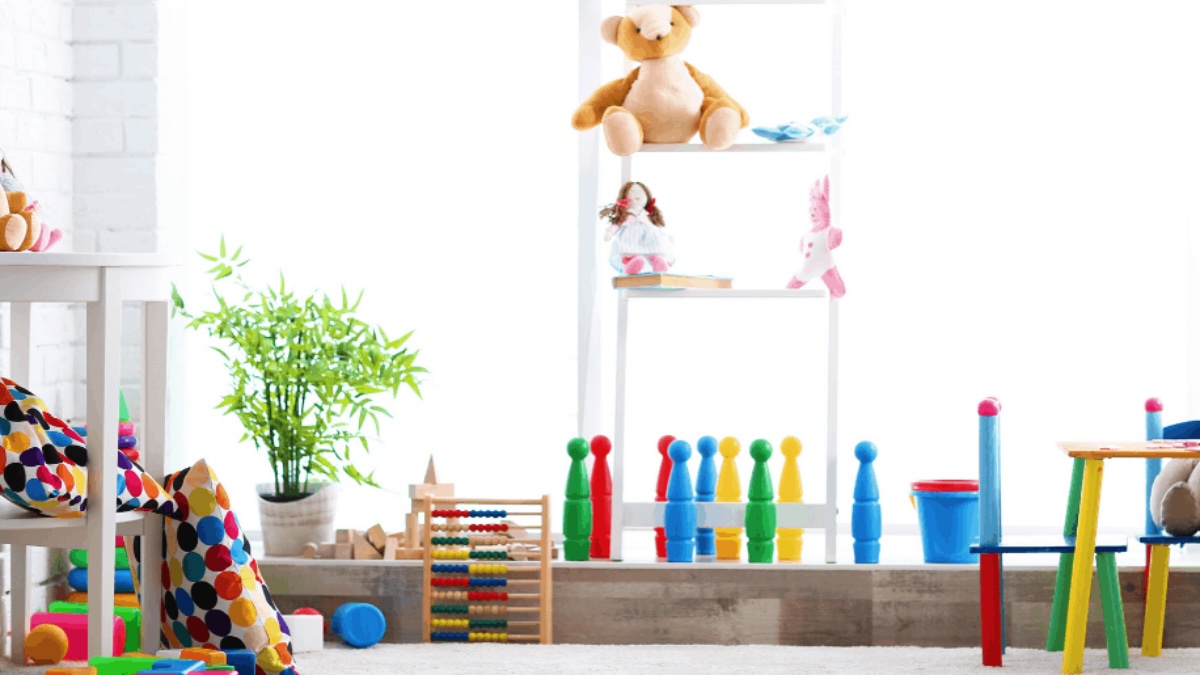



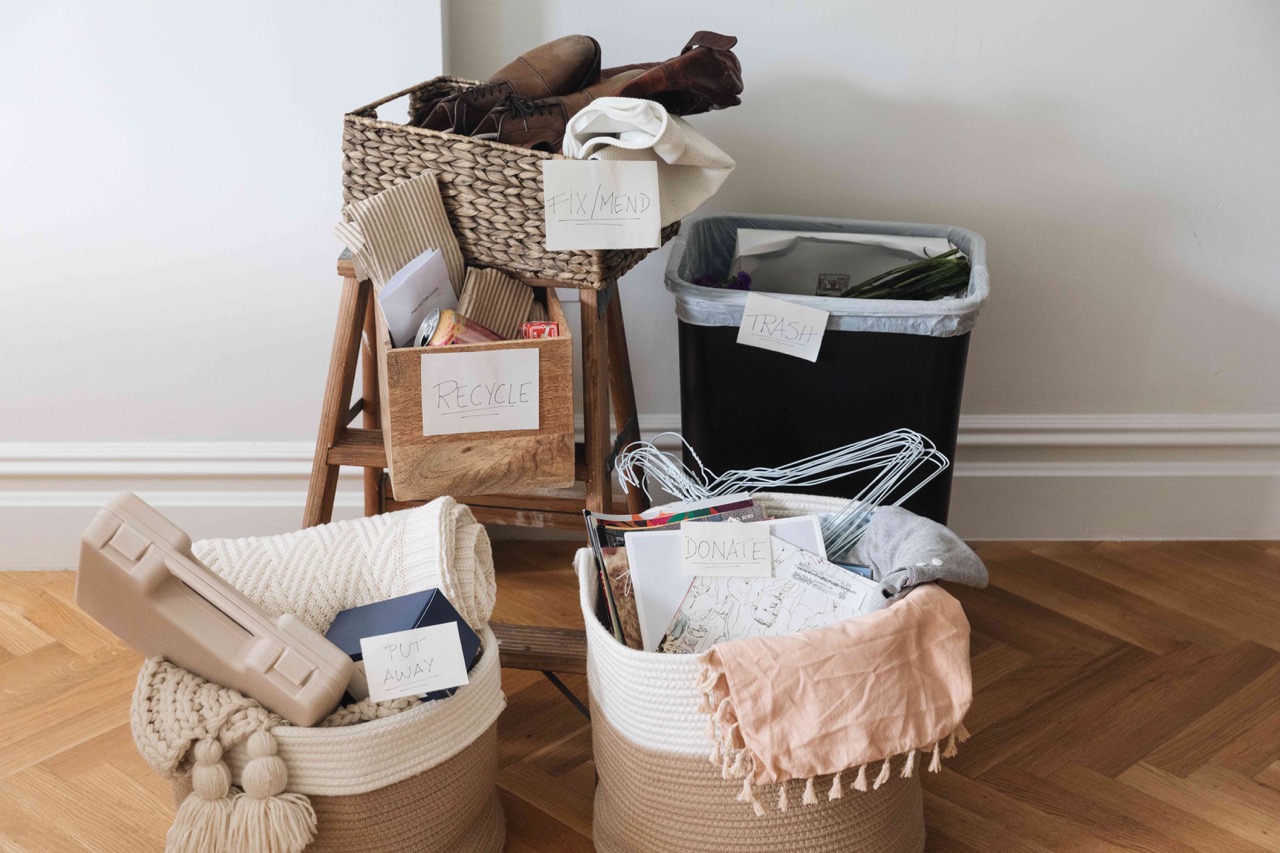



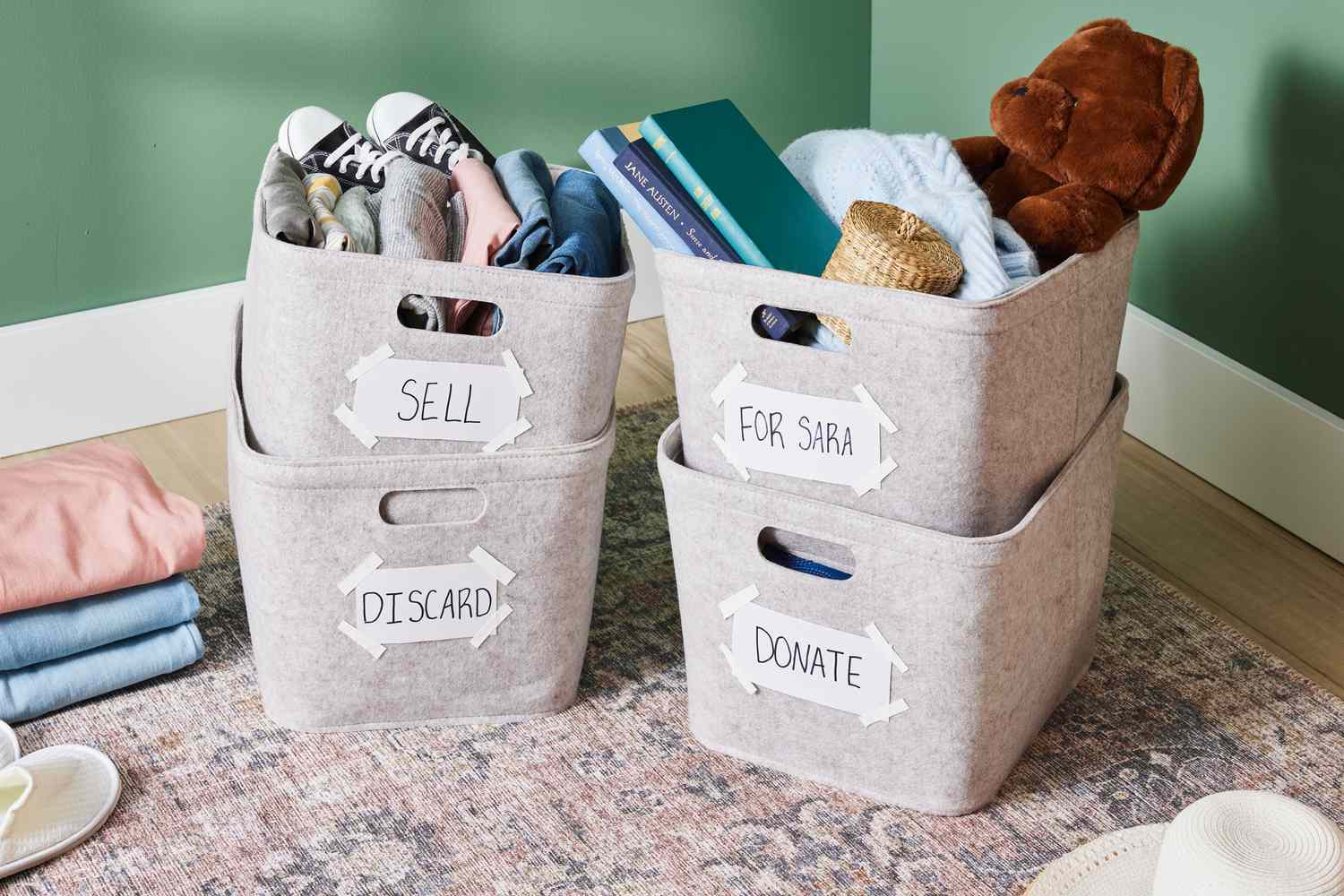

0 thoughts on “How To Declutter An Office”